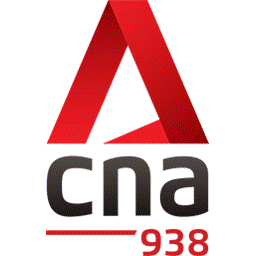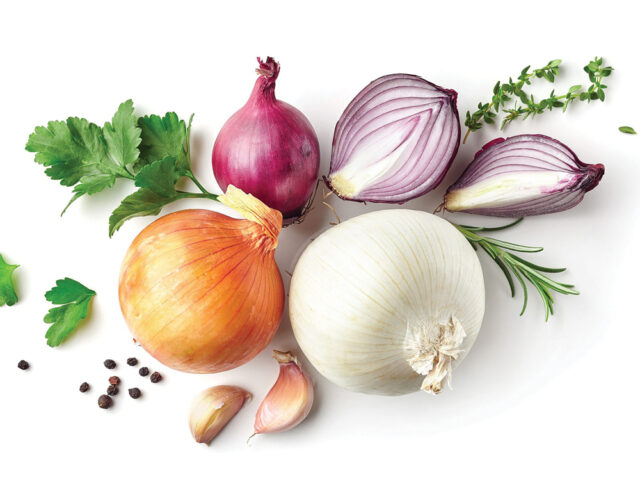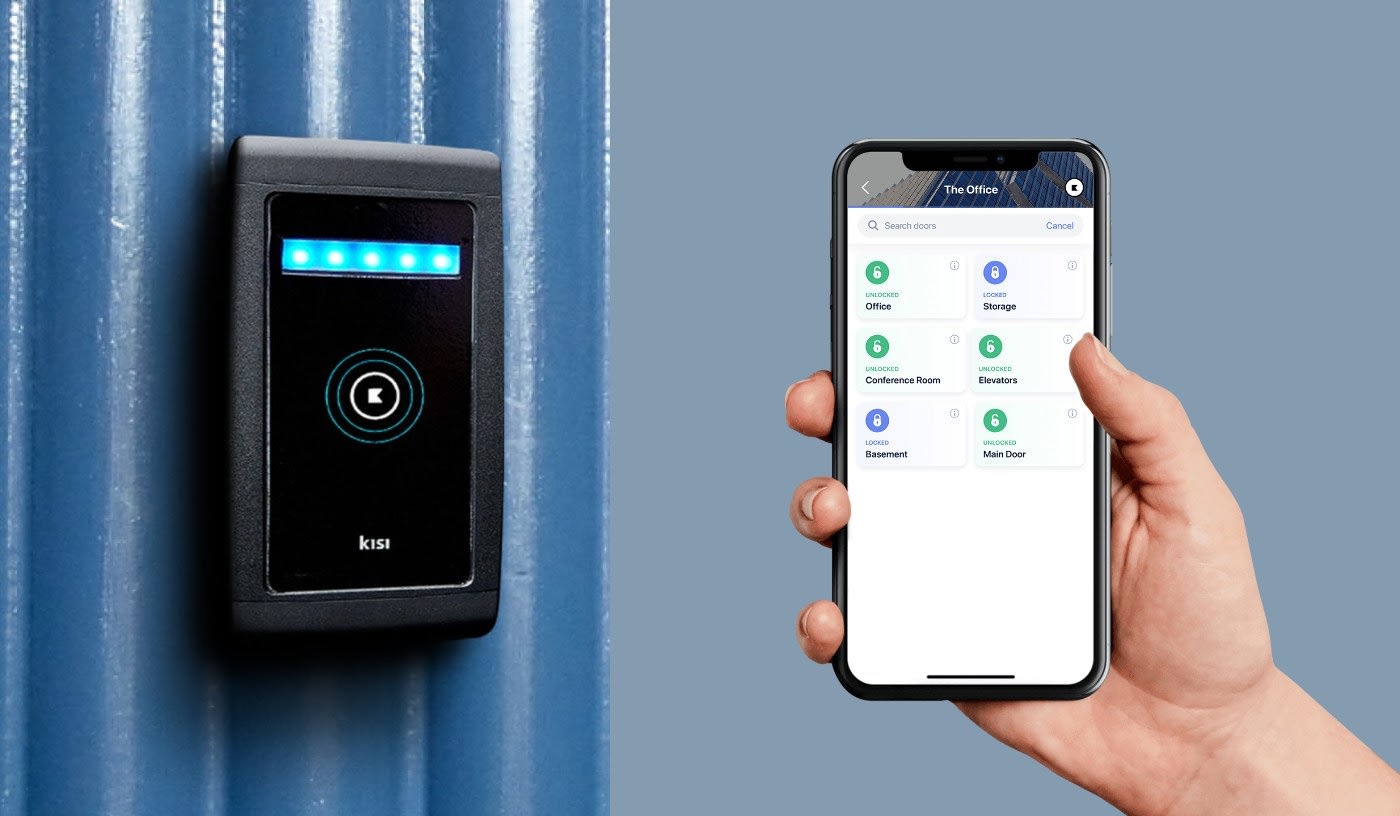Method of Statement (MOS) for Plaster and Skim Coating Work
Project Title: [Insert Project Name]
Location: [Insert Project Location]
Prepared by: [Insert Name/Company]
Date: [Insert Date]
Revision: [Insert Revision Number]
1. Introduction
This Method of Statement (MOS) outlines the procedures and methodologies for plaster and skim coating work, ensuring that it is performed safely, efficiently, and in accordance with project specifications, Singapore standards, and approved drawings.
2. Scope of Work
The scope of work includes the following:
- Surface preparation for plastering and skim coating.
- Application of plaster (base coat) to create a smooth, even surface.
- Application of skim coat for a fine finish.
- Curing and protection of completed surfaces.
3. References
- Singapore Standards: SS 109 (Specification for Plastering)
- Building and Construction Authority (BCA) guidelines.
- Approved project specifications and drawings.
- Workplace Safety and Health (WSH) Act and Regulations.
4. Materials
The materials used for the work will include:
- Cement plaster (pre-mixed or site-mixed as per specifications).
- Skim coat material (approved brand and type).
- Water (clean and free from impurities).
- Bonding agents (if required).
- Primer (if specified).
Materials will be stored in a dry, protected area, and usage will comply with the manufacturer’s recommendations.
5. Tools and Equipment
The tools and equipment required are:
- Trowels (steel and plastic).
- Hawk boards.
- Mixing tools (mechanical mixer or hand tools).
- Spirit level and straight edge.
- Sandpaper or sanding tools.
- Brushes and rollers (for primer application).
- Personal Protective Equipment (PPE) (gloves, masks, safety boots, etc.).
6. Safety Measures
- Workers must undergo safety induction and toolbox meetings before commencing work.
- PPE must be worn at all times during work execution.
- Ensure adequate ventilation in enclosed areas.
- Barricade work areas to prevent unauthorized access.
- Follow proper handling procedures for materials and tools.
- Report any unsafe conditions or incidents immediately.
7. Methodology
7.1 Surface Preparation
- Inspect the substrate (masonry, concrete, or blockwork) for defects, cracks, or unevenness.
- Clean the surface thoroughly to remove dust, dirt, oil, or any loose particles.
- Dampen the surface with water to ensure proper adhesion of the plaster.
- Apply bonding agent if required by specifications.
7.2 Application of Plaster (Base Coat)
- Mix plaster material according to manufacturer’s instructions or project specifications.
- Apply the plaster in layers using a trowel, ensuring even thickness (typically 10-15mm per layer).
- Use a straight edge and spirit level to check for levelness and smoothness.
- Allow the first layer to cure before applying subsequent layers, if required.
7.3 Application of Skim Coat
- Ensure that the plastered surface is fully cured and free of defects.
- Mix the skim coat material to achieve a smooth and workable consistency.
- Apply the skim coat thinly and evenly using a steel trowel.
- Allow the skim coat to partially set, then polish the surface with a plastic trowel for a smooth finish.
7.4 Curing and Protection
- Cure the plaster and skim coat by lightly spraying water or using a curing compound, as per specifications.
- Protect the finished surfaces from damage, moisture, and direct sunlight during the curing period.
8. Quality Control
- Inspect the substrate and materials before starting work.
- Ensure proper mixing and application of plaster and skim coat.
- Check for levelness, smoothness, and adhesion of the applied coats.
- Rectify any defects or uneven areas before proceeding to the next stage.
- Conduct a final inspection and obtain approval from the consultant or client.
9. Environmental Considerations
- Minimize dust generation during surface preparation and sanding.
- Dispose of waste materials in accordance with Singapore’s environmental regulations.
- Prevent spillage of materials and clean the work area after completion.
10. Completion and Handover
- Ensure all surfaces are clean, smooth, and free of defects upon completion.
- Submit inspection reports and test results (if applicable) to the consultant or client.
- Obtain approval and sign-off for the completed work.
Prepared by:
[Name and Signature]
[Designation]
[Company Name]
Reviewed by:
[Name and Signature]
[Designation]
[Company Name]
Approved by:
[Name and Signature]
[Designation]
[Company Name]
















































0 মন্তব্যসমূহ